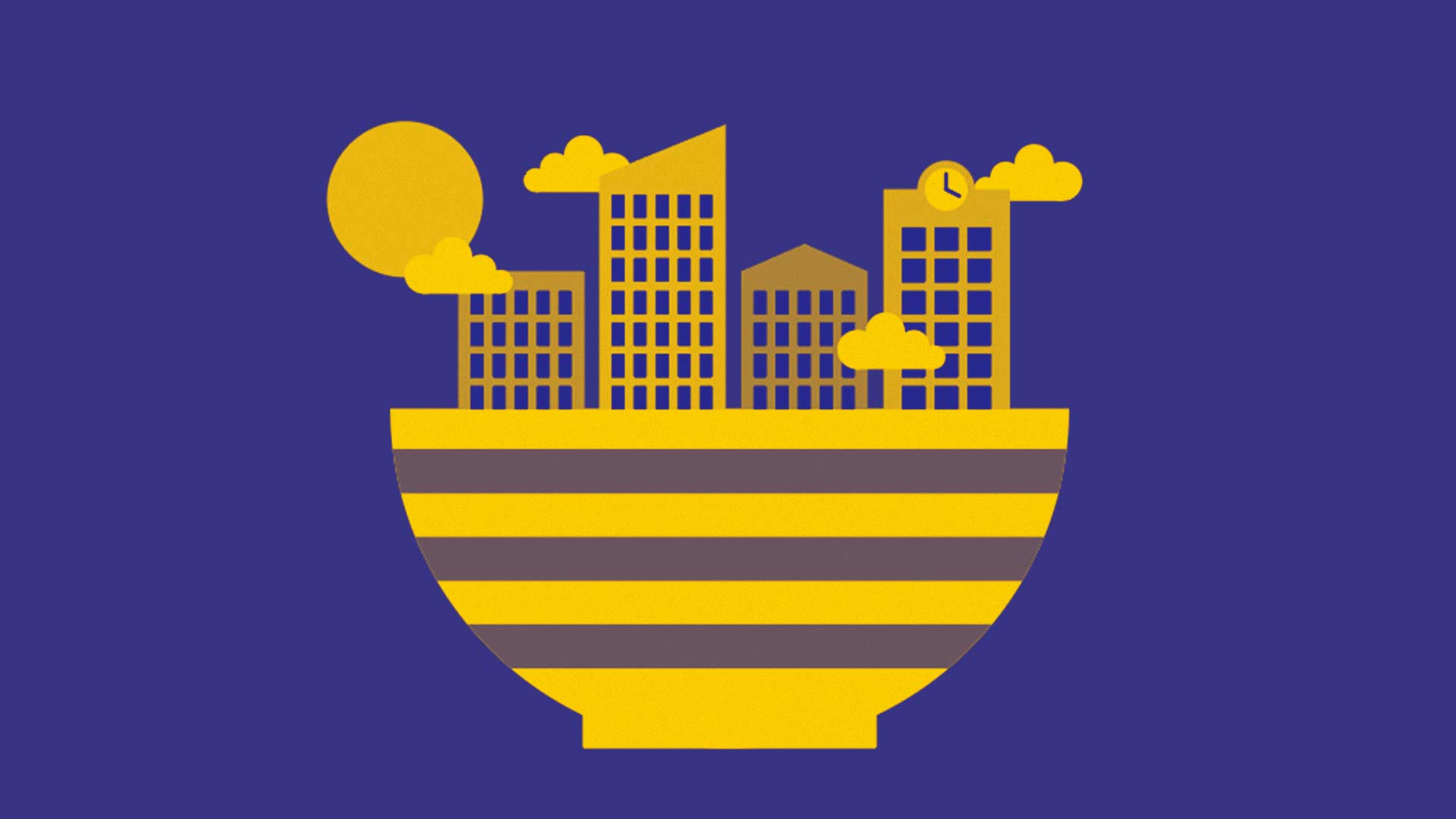After a few years in the shadows, it seems that business resilience is well and truly back on the agenda for many COOs, senior leaders and Quality Managers. But this time round, there appears to be some new and interesting angles to it. No longer is resilience seen to be just structural. It now has a cultural component too.
No longer is resilience seen to be just structural. It now has a cultural component too.
In this age of digital supremacy, we’re all too aware of the need to make our systems resilient to attack. Cyber security protocols and conferences abound. Aerospace is the latest example, where the ‘connected traveller’ theme is driving new resilience initiatives right across the value chain. Indeed, our own Isoma software is playing a key part in this; strengthening supply chains, integrating data flows and building failsafe mechanisms into core operations.
Startling thoughts from 500 CEO’s
But last September, the Harvard Business Review reported on a different issue: the startling results of a survey conducted with 500 CEOs. These global leaders were asked two simple questions:
Question one:
Is your business currently experiencing some sort of disruption?
88% confirmed that their businesses were currently in a state of disruption, with the common causes being: new leadership, new systems, process transformation or business model transformation. They also felt that disruption was becoming a consistent aspect of business management.
Question two:
If so, do you consider your management efforts to be a success?
However, only 12% considered their management efforts to be a success. And as a result, they were seeing employee burnout, increased stress, more ill-health and a significant reduction in workforce creativity.
A culture of business resilience
The solution, HBR concluded, was that all organisations need to foster a culture of resilience. Doing so will create a more vigorous, agile workforce as well as an organisation that can build the capacity to constantly and quickly confront and embrace change. Both the workforce and the organisation would strengthen in the process.
HBR also went on to suggest the culture’s basic components: skills and processes which improve employees’ ability to perform under stress, improve work/life balance and enable continuous learning. They also suggested a process for building this culture. Paraphrasing a little, it looks like this.
- Create an organisational foundation (i.e. a system for encouraging and managing the cultural change)
- Connect with the workforce by:
- Clarifying your vision, goals and your employees’ roles in achieving them
- Consistently acting on the message
- Capturing feedback and addressing any concerns
- Constantly training the workforce
On that last point, I was tempted to write “constantly train until fully baked” because this does seem a bit like a recipe. But so are all methods, approaches and processes.
Organisations need to foster a culture of resilience. Doing so will create a more vigorous, agile workforce.
Which works for me and will, I suspect, work for our clients. After all, our Isoma system takes a particular process approach and uses it to engage the workforce. The management of cultural change is an important part of that.
So, if anyone wishes to have a go at cooking up a culture of resilience, please let me know. I suspect we may be able to help.





